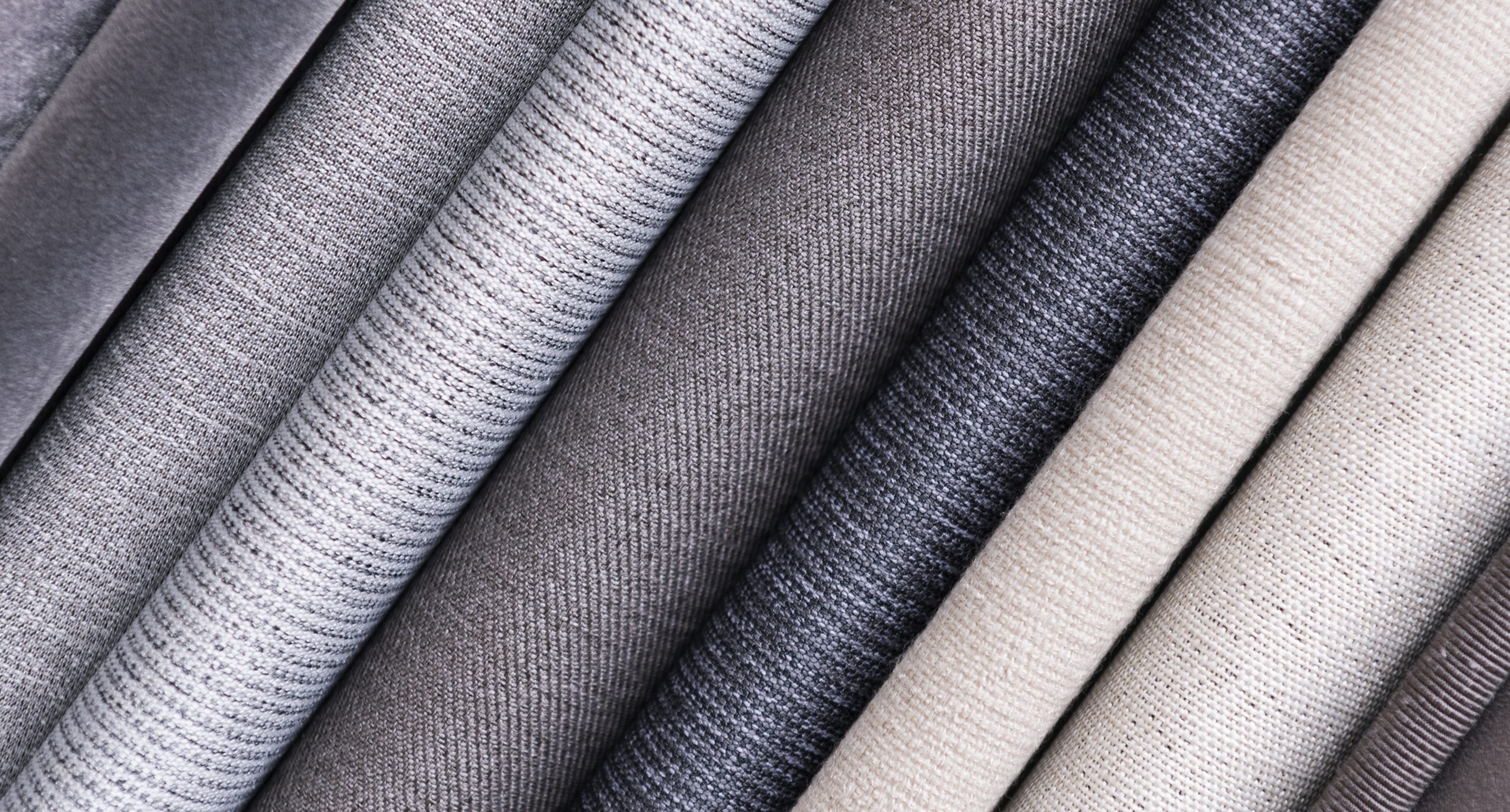Formaldehyde, a colorless and pungent-smelling gas, is widely known for its role in preserving biological specimens and in various industrial applications. But it is also a common ingredient in many household items and consumer products. Many people are unaware that formaldehyde is a common ingredient used in the textile industry and clothing manufacturing.
In the textile industry, its application primarily revolves around fabric finishes and treatments. Its use is prevalent in creating wrinkle-resistant, durable, and shrink-proof textiles. Formaldehyde-based resins are often applied to fabrics to impart these qualities, making the garments easier to care for and extending their lifespan. These durable, wrinkle-resistant fabrics are commonly used in manufacturing uniforms, suits, and specialty garments.
In a recent blog post, the product liability lawyers at Kherkher Garcia explored lawsuits filed by American Airline flight attendants after numerous illnesses were linked to formaldehyde in their uniforms. That ongoing litigation is just one example of the dangers and consequences of using formaldehyde in clothing and textiles, and why it is important for consumers to be aware of potentially dangerous chemicals in products.
The Role of Formaldehyde in Clothing
In the world of textiles, the use of chemicals to enhance fabric qualities is both a common practice and a subject of scrutiny. Formaldehyde is used in clothing manufacturing processes for various reasons, such as the following.
- Durability: One of the most significant advantages of using formaldehyde in clothing production is its ability to create durable press finishes. Fabrics treated with formaldehyde-based resins resist wrinkles and retain their shape after washing, reducing the need for ironing and providing consumers with low-maintenance clothing options.
- Colorfastness: Formaldehyde-treated textiles are often more colorfast, meaning they retain their color vibrancy for a longer period.
- Stain Resistance: Formaldehyde contributes to the water and stain resistance of certain fabrics, making them suitable for outdoor and active wear. This property is particularly beneficial in sportswear and outdoor gear where resistance to moisture and stains is essential for performance and longevity.
Concerns about Formaldehyde in Clothing
Despite its usefulness, the use of formaldehyde in clothing has sparked concerns due to its potential health and environmental implications. Prolonged exposure to formaldehyde, especially through skin contact, has been associated with various health issues. Furthermore, formaldehyde emissions from treated clothing, especially when new, can contribute to indoor air pollution. People may inhale these emissions, leading to respiratory discomfort and aggravation of existing respiratory conditions such as asthma.
Health Conditions Caused by Formaldehyde in Clothing
Exposure to formaldehyde in clothing has been associated with various health issues and illnesses, particularly due to skin contact or inhalation of formaldehyde emissions. Some of the illnesses and health concerns related to formaldehyde in clothing include:
- Skin Irritation: Formaldehyde exposure through clothing can lead to skin irritation, redness, itching, and rashes. Individuals with sensitive skin may experience contact dermatitis or allergic reactions when exposed to fabrics treated with high levels of formaldehyde.
- Respiratory Problems: Inhalation of formaldehyde emissions from clothing, especially when new, can cause respiratory discomfort, coughing, throat irritation, and aggravate existing respiratory conditions such as asthma. Prolonged exposure to formaldehyde fumes may lead to respiratory issues.
- Allergic Reactions: Some individuals may develop allergic reactions upon contact with formaldehyde-treated clothing. Allergic responses can range from mild skin irritation to more severe reactions like hives, swelling, or breathing difficulties in sensitive individuals.
- Eye and Nasal Irritation: Exposure to formaldehyde emissions can cause irritation to the eyes and nasal passages. This may lead to redness, itching, watery eyes, and a runny or stuffy nose.
- Long-Term Health Effects: Prolonged and repeated exposure to formaldehyde, especially through clothing that continually emits formaldehyde fumes, has been linked to potential long-term health effects. These effects may include an increased risk of certain cancers, such as nasopharyngeal cancer and leukemia.
It is important to note that the severity of these health issues can vary depending on the individual’s sensitivity, the concentration of formaldehyde in the clothing, and the duration and frequency of exposure. Regulations and standards have been established to limit formaldehyde levels in textiles, aiming to mitigate these health risks and ensure safer clothing for consumers. Unfortunately, these mitigation measures are not always successful in protecting us from the dangers of such toxic ingredients. Top of Form
What is Being Done to Reduce the Risk of Formaldehyde Exposure?
To address these concerns, organizations like the Centers for Disease Control and Prevention (CDC) and the Occupational Safety and Health Administration (OSHA) have set regulations and guidelines to limit formaldehyde levels in textiles. Regulatory bodies have established standards for acceptable formaldehyde concentrations in clothing to safeguard consumer health. Manufacturers are required to adhere to these limits and conduct tests to ensure compliance with safety regulations.
Many clothing brands and manufacturers have also taken steps to reduce or eliminate formaldehyde from their production processes. Alternative fabric treatments and finishes are being explored to achieve similar functionalities without relying on formaldehyde-based substances. Technologies like plant-based or enzyme treatments are being developed to create wrinkle-resistant and durable fabrics without the use of harmful chemicals.
What Can Consumers Do?
Consumers also play a crucial role in advocating for safer practices in the textile industry. By choosing clothing from brands that prioritize eco-friendly and non-toxic manufacturing processes, individuals can support the shift towards safer and more sustainable garment production.
Moreover, proper care and maintenance of clothing can mitigate the risks associated with formaldehyde exposure. Washing new garments before wearing them can help reduce residual formaldehyde levels. Additionally, choosing natural fibers like organic cotton, wool, or silk, which are less likely to be treated with formaldehyde-based finishes, can be a preferable option for those concerned about chemical exposure in clothing.
If you have been exposed to formaldehyde in clothing or by other means, it is important to assess your risk and ensure your safety and wellbeing. As we know from the ongoing flight attendant formaldehyde exposure litigation, there are very serious risks to exposure. Consumers who experience illness due to formaldehyde in clothing should contact a product liability lawyer as soon as possible to explore their legal rights.
How Can a Product Liability Lawyer Help Consumers Exposed to Formaldehyde?
A product liability lawyer can assist consumers exposed to formaldehyde in several ways, particularly if the exposure has resulted in health issues or other damages. Here are some ways that the product liability lawyers at Kherkher Garcia help our clients:
Legal Guidance and Assessment
Our product liability lawyers are experienced in product liability cases. We can evaluate the circumstances of the exposure and determine if there are grounds for legal action. We will assess the case, review relevant documentation, such as medical records and product information, and advise you on your legal rights and options.
Investigation and Evidence Gathering
Our lawyers have the resources and expertise to conduct thorough investigations into the source of formaldehyde exposure. Our team will gather evidence, such as testing clothing for formaldehyde levels, obtaining manufacturing records, and identifying liable parties.
Determining Liability
Depending on the specifics of your case, our lawyers will ascertain who is legally responsible for your formaldehyde exposure. This could involve demonstrating negligence in the manufacturing process, failure to warn consumers about potential risks, or violating safety standards and regulations related to formaldehyde levels in clothing.
Filing a Lawsuit
If there is evidence to support a claim, our lawyers will initiate legal proceedings on your behalf. This involves filing a lawsuit against the responsible parties and seeking compensation for damages suffered due to formaldehyde exposure, such as:
- Medical expenses
- Pain and suffering
- Lost wages
- Disability
Negotiating Settlements
Often, product liability cases are resolved through negotiations or settlements outside of court. At Kherkher Garcia, our skilled lawyers will represent your interests in negotiations with the defendant(s) or their insurers. Our goal will be to reach a fair settlement that adequately compensates you for the damages you have suffered.
Litigation and Trial Representation
If a settlement cannot be reached, our lawyers will represent you in court proceedings. We will present your case, argue on your behalf, and advocate for fair compensation during the trial.
Providing Legal Counsel
Throughout the entire legal process, our team will provide legal counsel, guidance, and support to you and your family. We will explain legal complexities, keep you informed about the progress of the case, and ensure that your rights are protected.
Contact a Product Liability Lawyer
At Kherkher Garcia, our product liability lawyers serve to advocate for consumers who have suffered harm due to exposure to formaldehyde in clothing. Our mission is to hold responsible parties accountable and secure compensation for the damages that victims incur. If you or someone you love is suffering the effects of formaldehyde exposure from a consumer product, contact us today.
With a free consultation, you can learn more about your legal rights and options to pursue justice and compensation. Call us to get started at 713-333-1030, or fill out our online form. The lawyers at Kherkher Garcia represent consumers and other victims who are injured due to the negligence of manufacturers, employers, or other parties.
Image by rawpixel.com on Freepik


